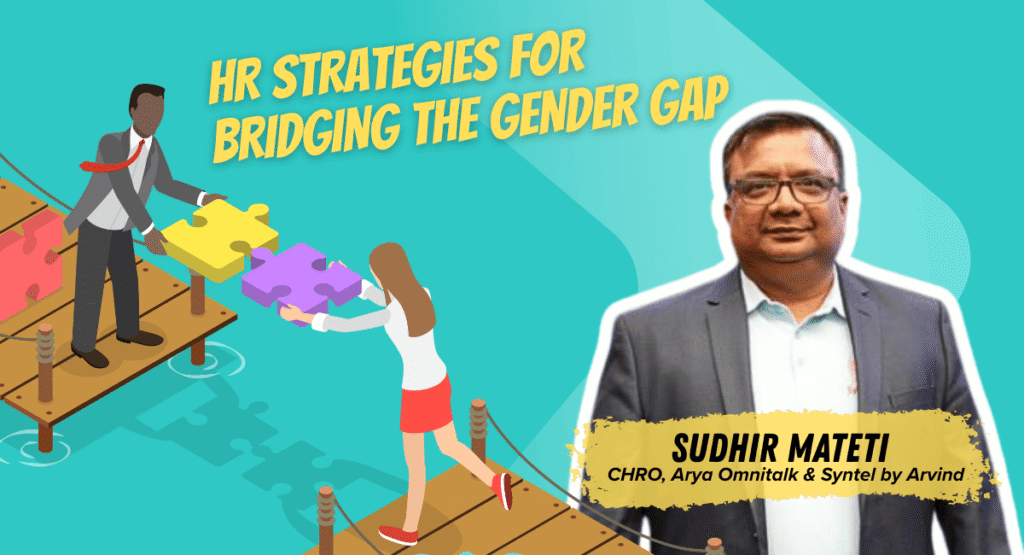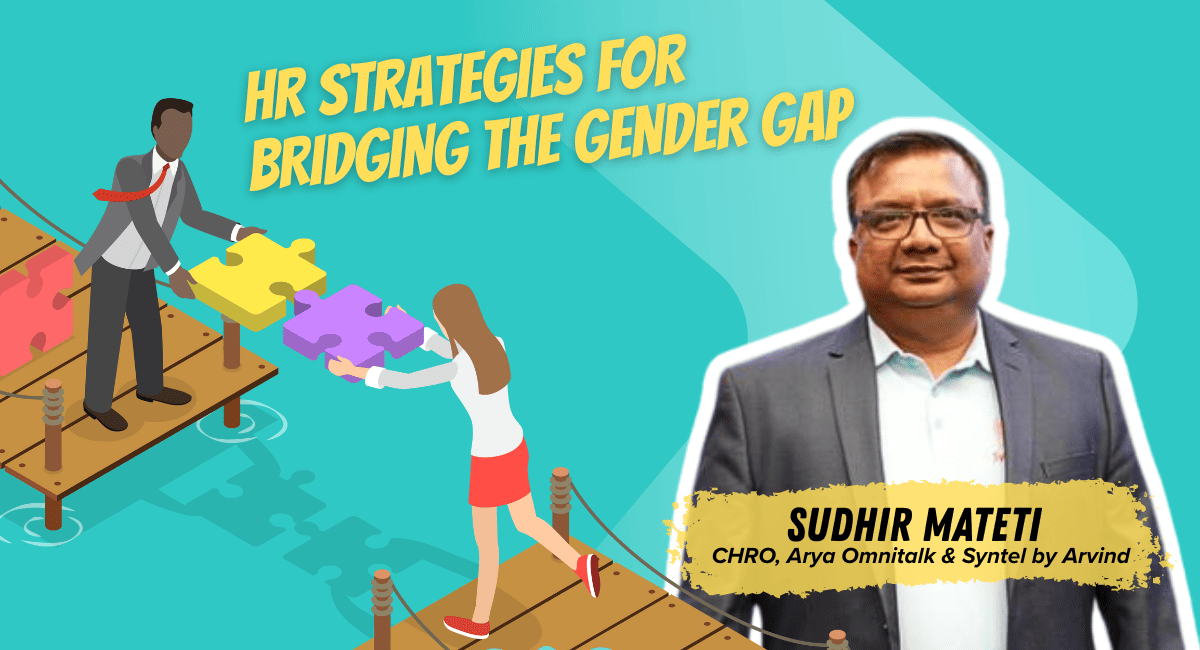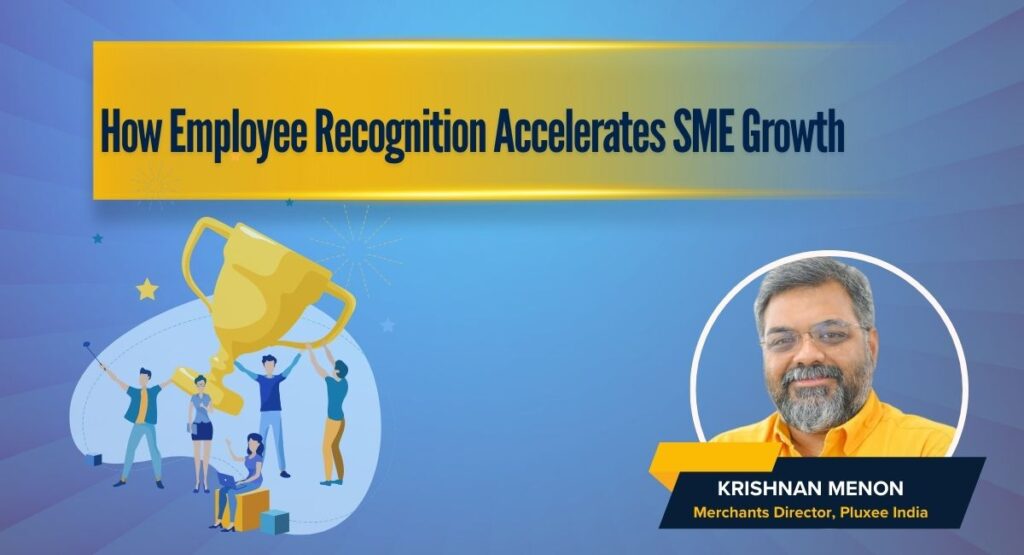Despite India’s strides in digital innovation, gender diversity in the tech and telecom sectors remains a critical concern. This is happening, despite the conversations around inclusion having advanced immensely in the last decade or so. The implementation of the same continues to lag, especially in technical and leadership roles. To address this, HR must shift from intent to impact through structured, data-driven strategies that deliver measurable results. This article outlines a comprehensive roadmap to close the gender gap through decisive human resource practices.
Assess and Acknowledge the Gap
No transformation begins without a clear understanding of the status quo. Organisations must start with rigorous baseline data collection, mapping gender representation across all functions and hierarchies, with a specific focus on engineering, IT, and leadership roles.To understand why women are underrepresented or why attrition is higher among them, organisations should leverage tools such as anonymous surveys, exit interviews, and focused group discussions. In my observation, these mechanisms uncover systemic and cultural barriers, such as unconscious bias, lack of mentorship, limited career visibility, and challenges in work-life integration, that must be addressed holistically.
Set Clear, Measurable Goals
Vague intentions do not drive progress in any situation. Companies must define concrete diversity targets—for instance, setting stronger intentions by aiming to increase the share of women in technical roles by 20% over three years. Progress should be tied to transparent KPIs that are reported publicly in annual HR or ESG disclosures. For accountability, it is critical to embed these metrics into performance evaluations for senior leaders as well. Linking a portion of executive bonuses or departmental KPIs to gender equity outcomes drives ownership and follow-through across the leadership chain. This will also help get a clearer look at the kind of equality-driven employee retention for a company.
Rethink Recruitment to Be Inclusive by Design
The recruitment funnel is often where unintentional exclusion begins and trickles down into various departments of the company. HR leaders must audit and redesign hiring practices to attract and retain women:
- Gender-neutral job descriptions: Avoid language that unconsciously skews masculine, which can discourage qualified women from applying. Use terms like ‘the applicant’
- Diverse hiring panels: Ensure representation from women and other underrepresented groups in interview panels to foster balanced decision-making.
- Blind screening: Mask identifiers such as name, gender, and age during initial resume reviews to mitigate unconscious bias.
- Targeted outreach: Partner with women-in-tech communities, university groups, and specialised boot camps to source high-potential female candidates.
Invest in Development and Career Pathways
Diversity hiring without corresponding development is unsustainable and cannot last. Organisations should establish dedicated programs that empower women through:
- Technical certifications and cross-functional upskilling
- Leadership development tracks
- Structured mentorship and sponsorship programs
By enabling equitable access to growth opportunities, HR can address the “broken rung” that often prevents women from advancing beyond entry and mid-level positions.
Enable Flexibility and Family Support
Workplace flexibility is no longer a benefit—it is a necessity. Post the pandemic, employees, when joining a company, expect flexibility to exist in times of need. Organisations must support life-stage needs through:
- Flexible working hours and hybrid models
- Paid parental leave for all genders
- On-site childcare support or childcare stipends
- Returnship programs for women re-entering the workforce
Such initiatives are critical not only for attracting talent but for retaining high-potential women through career transitions.
Foster an Inclusive Workplace Culture
Culture is the foundation upon which all HR strategies rest. Inclusion must go beyond compliance and become a daily lived experience. This involves:
- Regular training on unconscious bias and inclusive leadership
- Employee resource groups (ERGs) to build community and amplify voices
- Zero-tolerance policies for discrimination and harassment, enforced with clarity and speed
An inclusive culture signals to women that their perspectives are valued and their advancement is a priority.
Leverage Partnerships and the Ecosystem
Progress accelerates when companies engage with the broader ecosystem. Strategic partnerships with industry bodies, NGOs, academic institutions, and DEI-focused organisations can:
- Provide benchmarking opportunities
- Create talent pipelines
- Support co-branded initiatives to promote women in tech and telecom
Such alliances enhance credibility and impact while reinforcing the company’s commitment to systemic change.
Institutionalize Monitoring and Leadership Accountability
Diversity efforts must be monitored continuously. HR should establish robust auditing mechanisms to:
- Review hiring, promotion, and attrition data by gender
- Identify bias-prone processes and intervene early
- Share progress through internal dashboards and leadership reviews
Leadership accountability is non-negotiable. Gender equity must be treated as a business priority, not a CSR initiative. Ownership should sit with top management and cascade throughout the organisation.
Conclusion
Bridging the gender gap in tech and telecom is not a one-off initiative—it requires sustained, strategic action from HR leaders who understand the levers of organisational change. With structured data analysis, goal-oriented planning, inclusive practices, and consistent accountability, companies can build workplaces where talent thrives irrespective of gender. The time for intent has passed. Execution is what will define the next chapter of progress in Indian industry.





